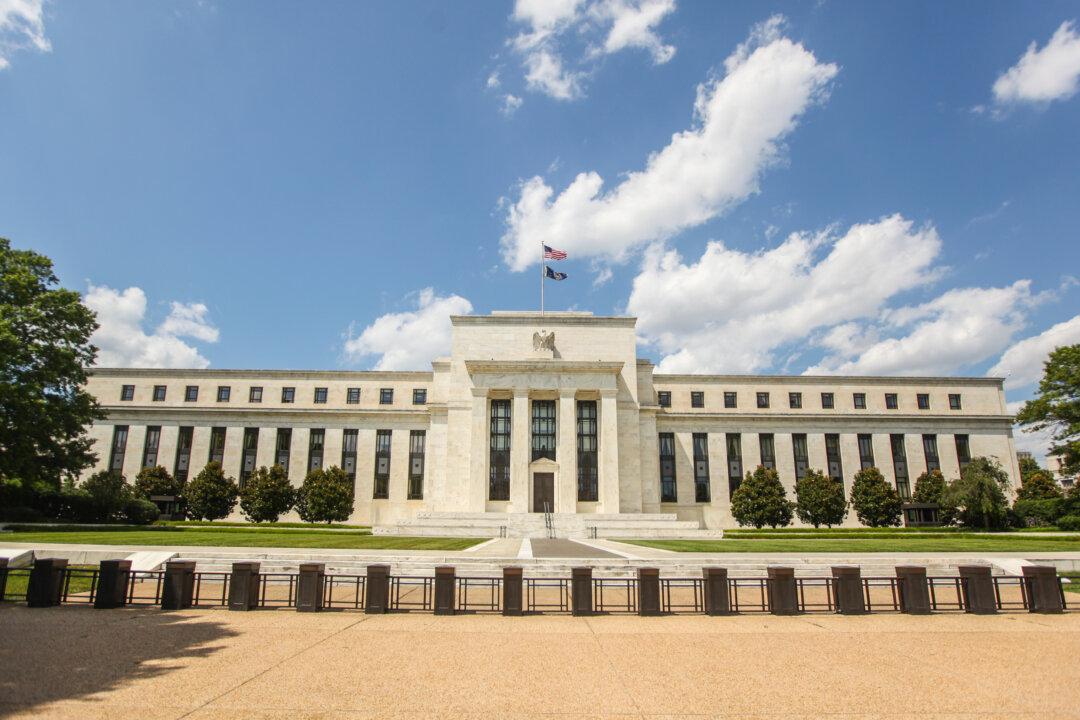China is now officially part of the International Monetary Fund’s basket of reserve currencies.
Despite the fanfare, most commentators—including this publication—don’t think it’s a big deal.
Unless, of course, the IMF dramatically increases the use of the basket of Special Drawing Rights (SDRs), which will include the Chinese yuan as of Oct. 1, 2016, with a 10.92 percent weight.
The dollar (41.73 percent), euro (30.93 percent), pound (8.09 percent), and yen (8.33 percent) all lose some of their share to make room for the Chinese currency, with the euro losing the most and the dollar the least.
Very few officials have talked about how to increase the SDR’s role in the global financial system. But one who has is the rather important governor of the People’s Bank of China (PBOC), Zhou Xiaochuan. He is calling for nothing less than a new world reserve currency:
“Special consideration should be given to giving the SDR a greater role. The SDR has the features and potential to act as a super-sovereign reserve currency,” wrote Zhou.
In case you missed this statement, don’t worry. It’s from an essay in 2009 but outlines a clear path to achieve the goal of replacing the dollar as the world reserve currency. With China’s inclusion into the basket, Zhou has already achieved his first objective.
He wrote in 2009: “The basket of currencies forming the basis for SDR valuation should be expanded to include currencies of all major economies,” including China, he probably meant to say.
In his essay, Zhou went into great detail explaining how the SDR could become a reserve currency, and basically the backbone of the whole financial system, including the following steps.
- Use the SDR to settle global trade and financial transactions
- Promote the use of the SDR in commodity pricing, trade, investment and even corporate bookkeeping
- Create financial assets denominated in SDR
Right now, the SDR is merely a unit of account used by the IMF and its members. Instead, countries, individuals, and companies use individual currencies—mostly the dollar—in financial transactions.
Zhou doesn’t like the idea of having just one currency (the dollar) as a reserve currency. He wants “an international reserve currency that is disconnected from individual nations and is able to remain stable in the long run.”
Not News
People like James Rickards, author of “Currency Wars” and “The Death of Money“ have been tracking this development for some time.





